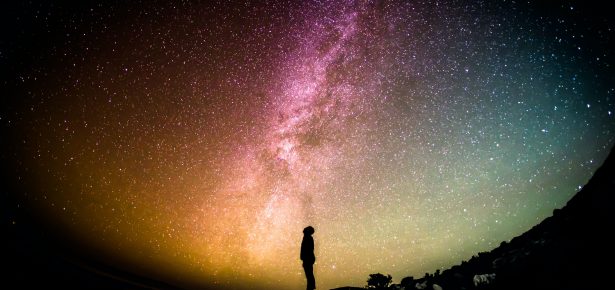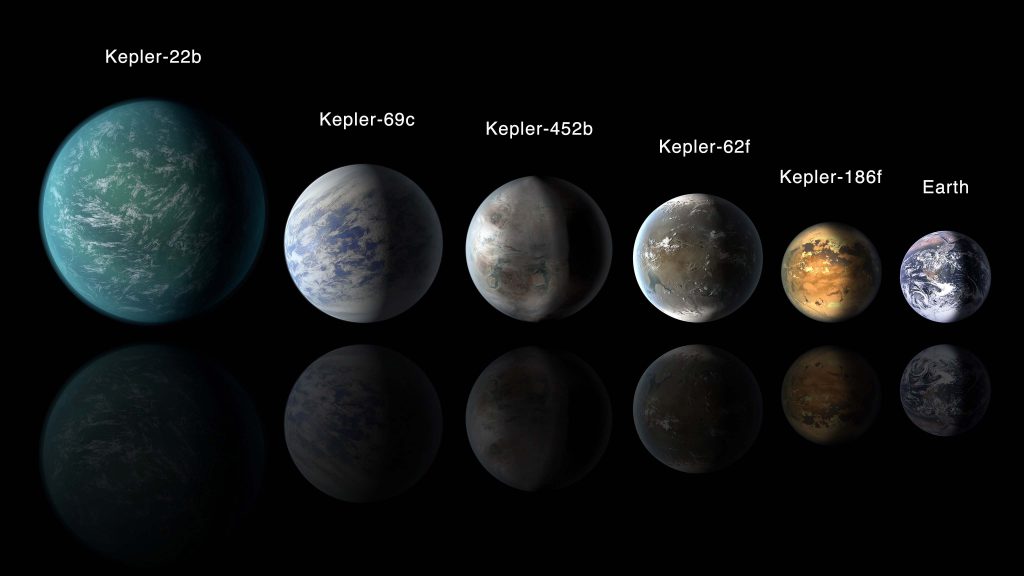
The rapidly-increasing number of known planets has just passed the 4200 mark, according to NASA. The upshot of this is that we may now have enough planets to detect extraterrestrial life, even if we never discovered any more planets, which is most unlikely given that there are over 5000 additional ‘candidate planets’ awaiting confirmation.
Discovering that there is other life in the Universe is not quite as comprehensive as discovering the answer to ‘life, the universe, and everything’, as Douglas Adams’ fictional computer famously thought it did (its answer was 42, as you’ll no doubt recall). But it has the benefit of being a real answer to a real question. The question is: are we alone? This has been described by Harvard astronomer Avi Loeb as ‘the most important question in science’.
Why might 4200 planets be enough to answer this crucial question? The answer is a simple tale of probabilities, and it goes something like this. In our own solar system, there is one habitable planet out of eight. If other planetary systems are similar in this respect (even if not in others) then our best guess about their fraction of habitable planets is one in eight. But that’s too precise. Most other systems don’t have eight planets – they have anything from just a single one into double figures. Also, it pays to be cautious when speculating about extraterrestrial life, so we don’t get carried away.

We can address both of these issues (dubious precision and desirable caution) simultaneously, as follows. We’ll use only orders of magnitude, not figures that are purportedly more precise than that. So 1 in 8 becomes 1 in 10. And we’ll adopt the principle of ‘losing’ an order of magnitude, so that 1 in 10 becomes 1 in 100. That means our guestimate of the number of habitable planets among the current total of 4200 is 42.
However, ‘habitable’ and ‘inhabited’ are different things. What fraction of habitable planets are actually populated by life-forms? That’s a tough one. But we can approach it in the same way as we did the fraction of habitable planets, using information on Earth. Some folk argue against this line of reasoning because our own solar system is just a sample size of one such system. Fair enough, but under the mediocrity principle it’s probably an ordinary enough system, and therefore not a bad place to start. Earth has been inhabited by microbes for about 90% of its history to date – some 4.5 billion years – and it has been inhabited by animals for about 15% of that period of time. Humans have been around for way less than 1%, so we can ignore them here. If evolution works at a broadly similar rate elsewhere as it does here (the mediocrity principle again), then we might expect that of our 42 habitable planets 38 will have microbes and 6 will have animals. That sounds pretty promising. Even if it’s overly optimistic, surely there will be at least one planet with microbes among the 4200 that we now know about? We might even find out which one quite soon – for details see The Biological Universe.
Latest Comments
Have your say!